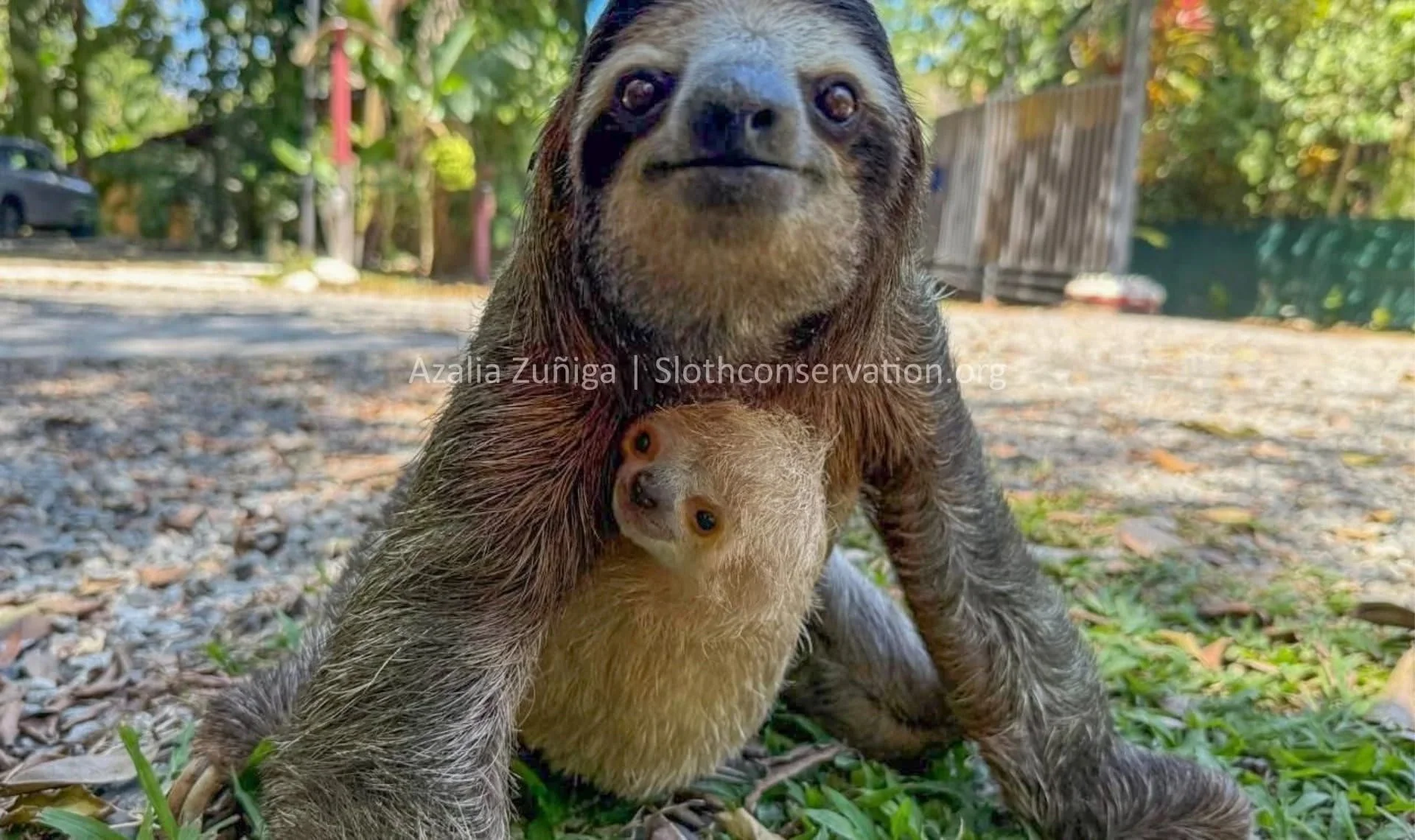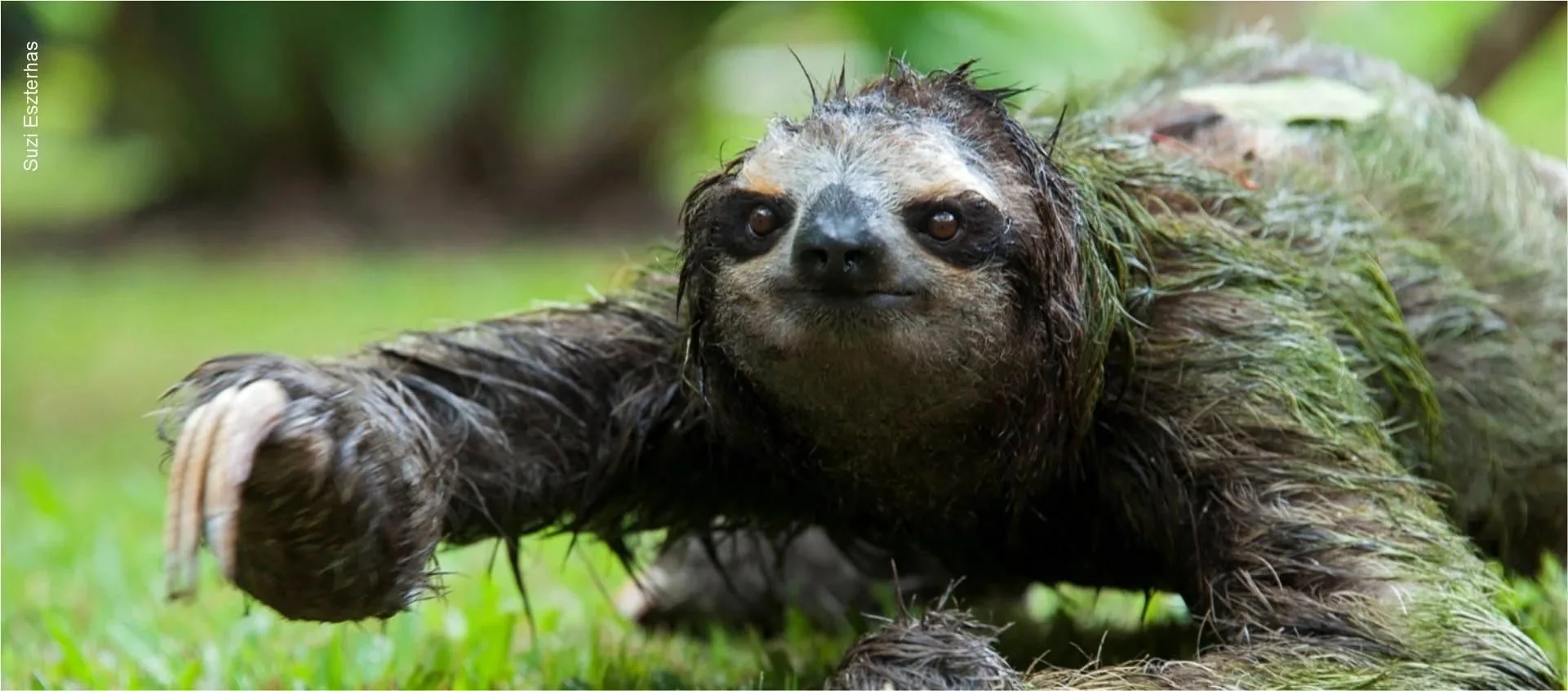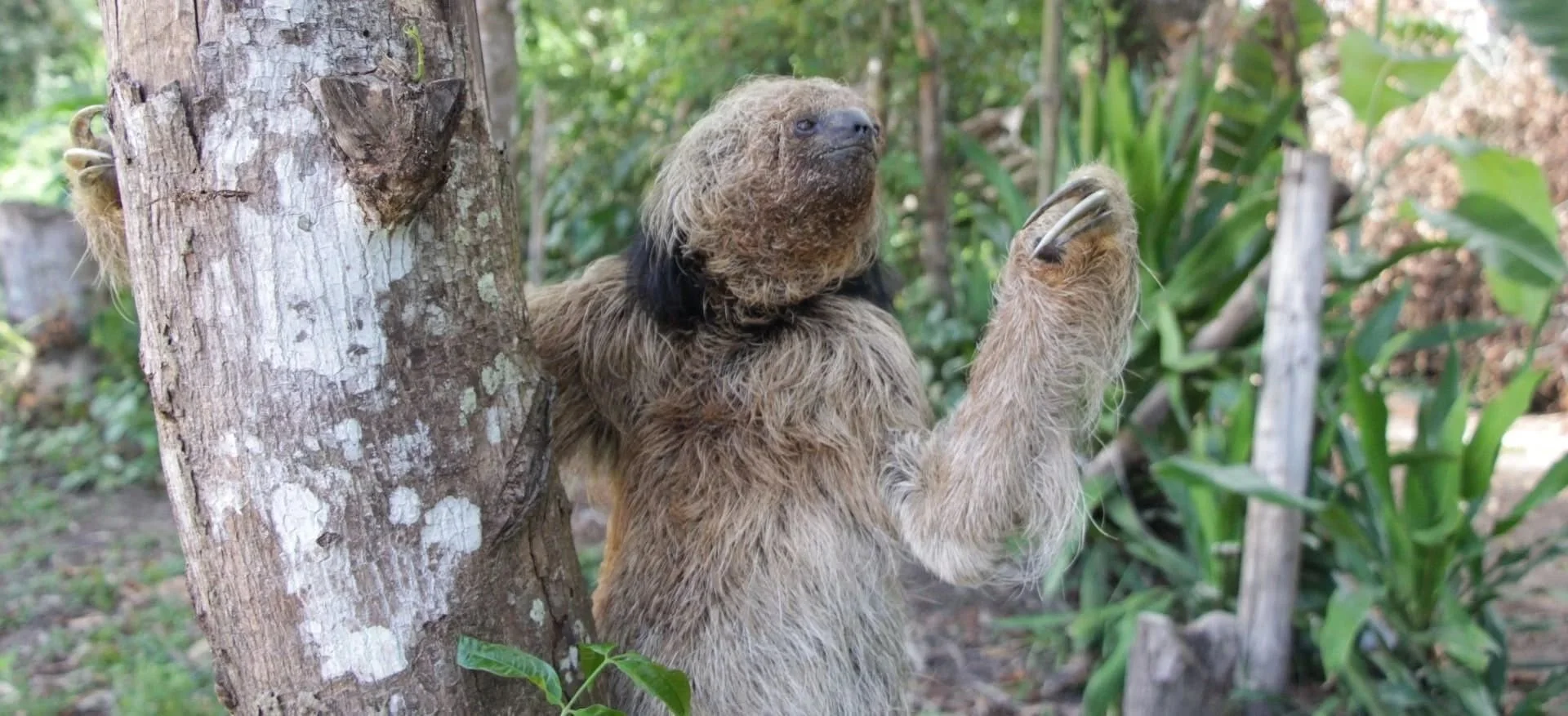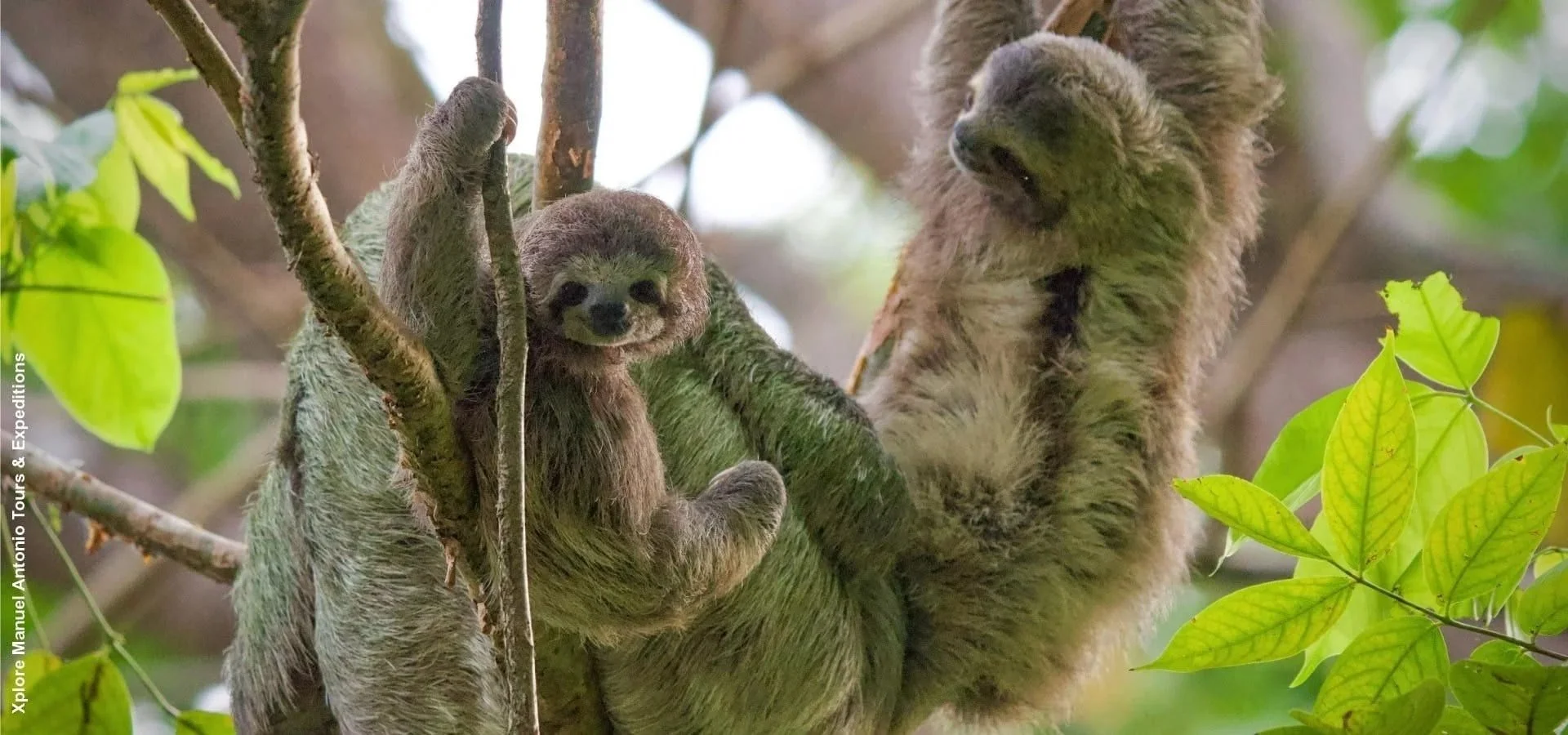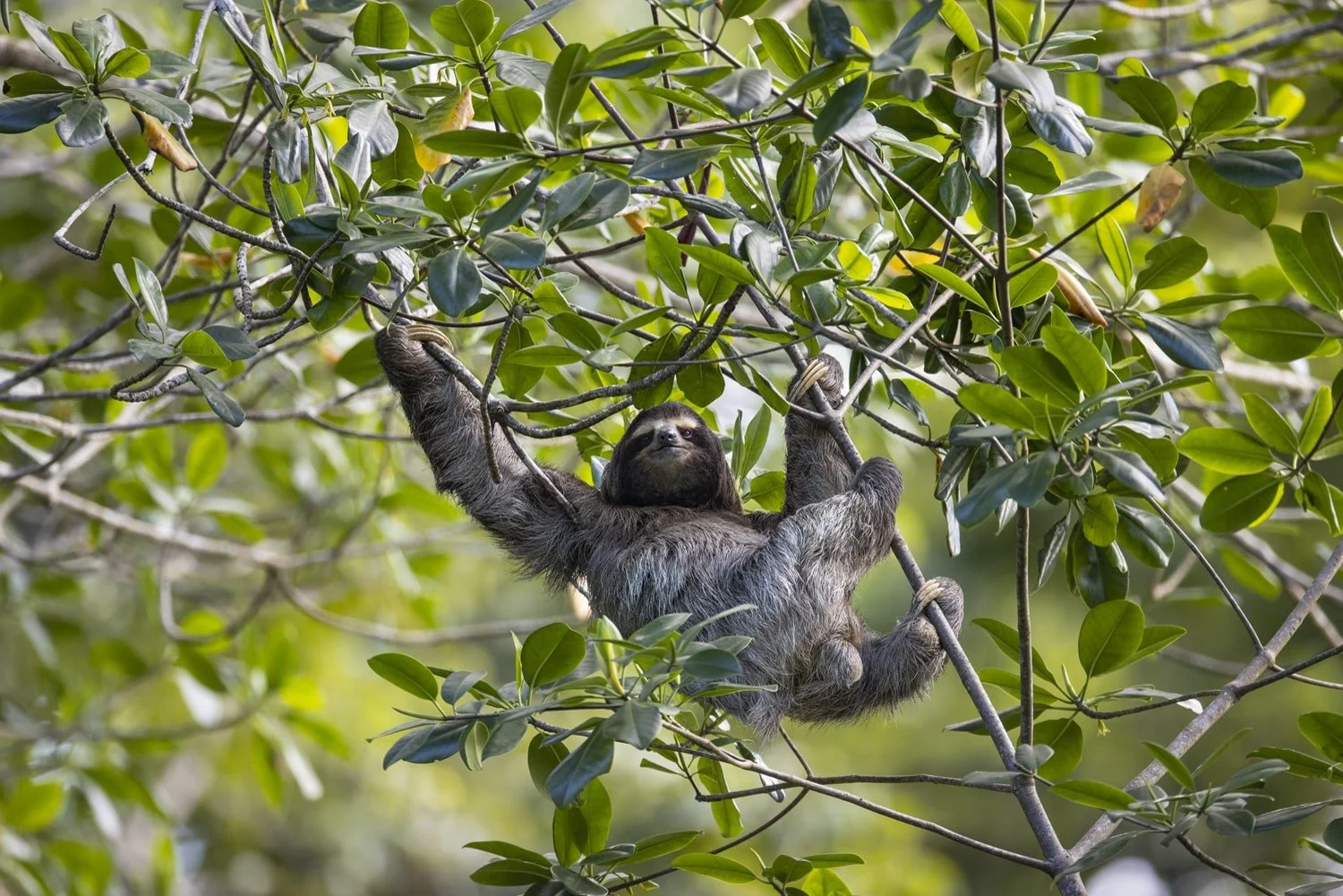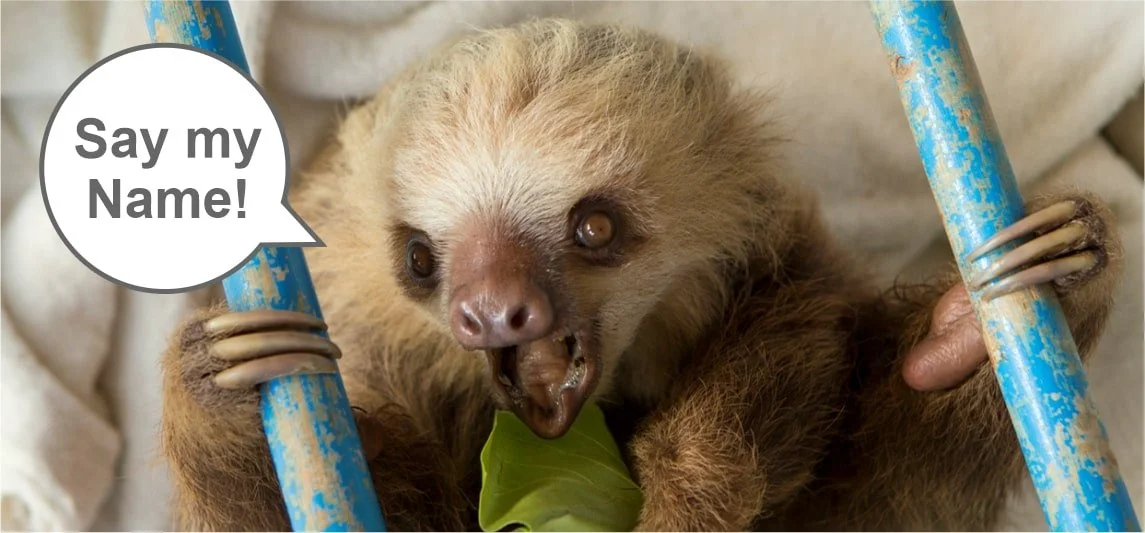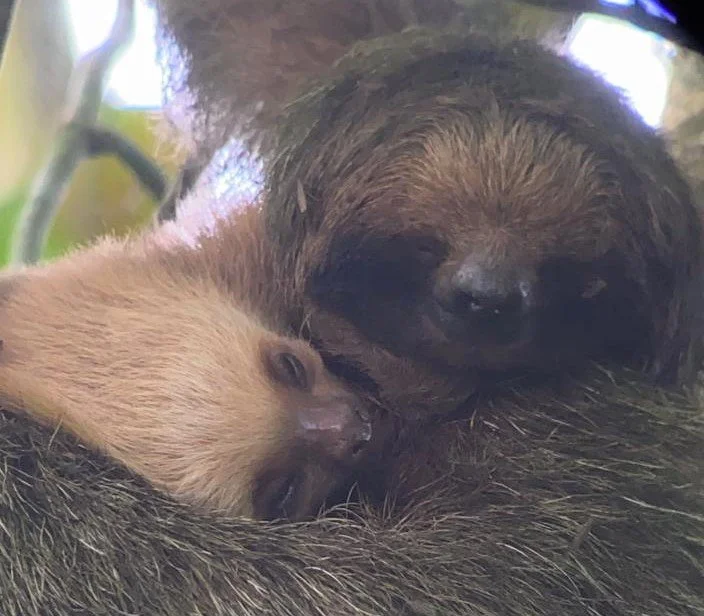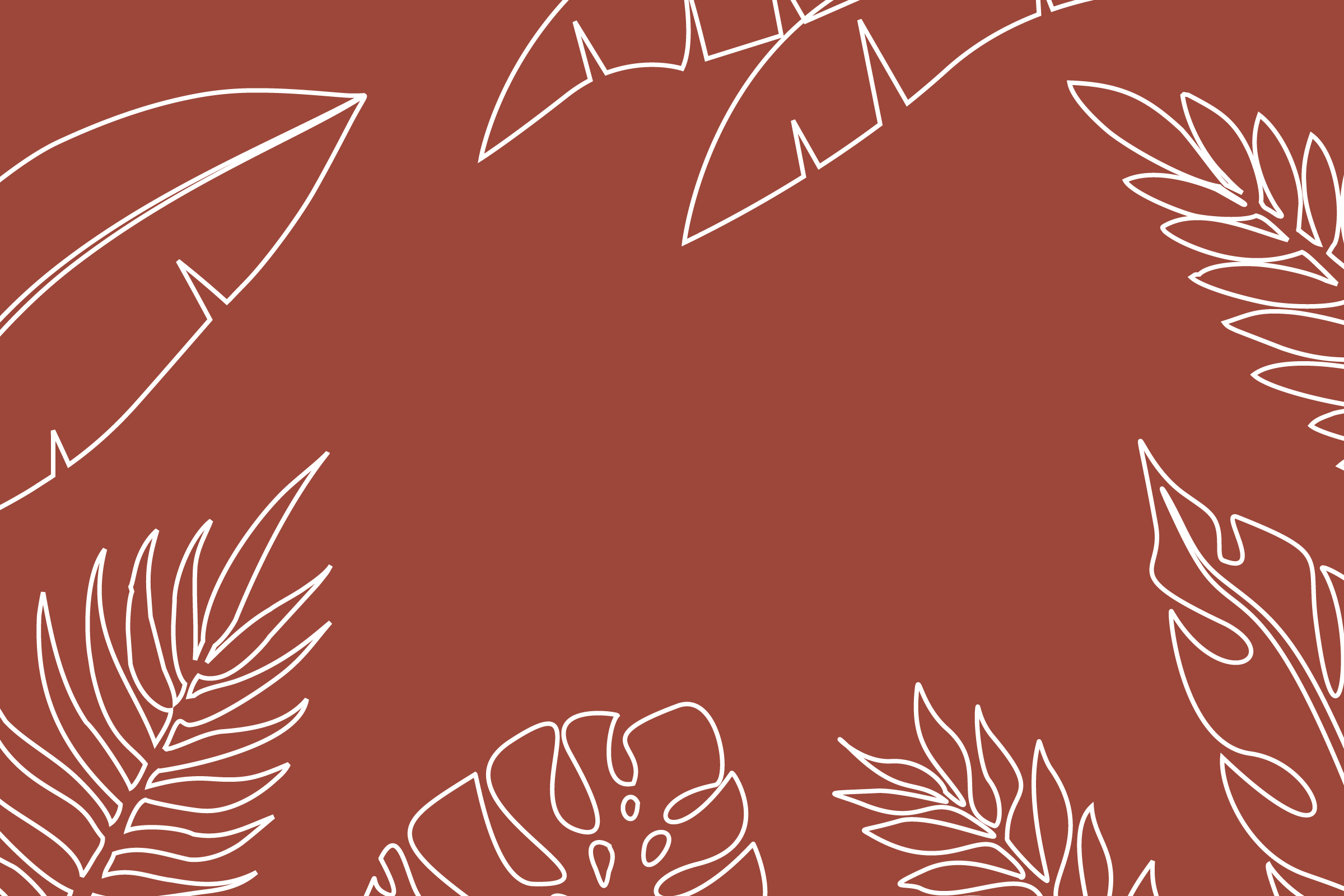
2025 | Gastrointestinal Parasites in Wild Sloths
Vanderhoeven, E.A., Florida, M., Cliffe, R.N., Guzmán, J., Notarnicola, J. and Kartzinel, T.R., 2025. Host specificity of gastrointestinal parasites in free-ranging sloths from Costa Rica. PeerJ, 13, p.e19408.
The First Ever Recorded Three-Fingered Sloth with Leucism!
Last week, something truly extraordinary happened in the South Caribbean of Costa Rica: a three-fingered sloth baby with leucism was spotted! This is the first case ever recorded of its kind.
"Sloth virus" Explained: How Media Hype Is Misleading the Public
Contrary to the news reports, the virus in question, referred to as a “sloth virus,” is not exclusive to sloths.
Meet the Southern Maned Sloth: The Latest Sloth Described
Sloths are divided into two large groups: Bradypus, the three-fingered sloths that include the famous smiley and masked-face sloths, and Choloepus, the brownish ones with a pig-like nose and two fingers on each hand.
Sloth Raising Two Babies?
Occasionally, sloths have been known to give birth to twins. Since there is only enough room on the female’s chest for one baby, and the sloth’s very slow metabolism only provides enough resources for one, the weakest twin will usually be rejected and abandoned.
2023 | Unveiling the Behavior and Activity of Sloths
Cliffe, R.N., Haupt, R.J., Kennedy, S., Felton, C., Williams, H.J., Avey-Arroyo, J. and Wilson, R., 2023. The behaviour and activity budgets of two sympatric sloths; Bradypus variegatus and Choloepus hoffmanni. PeerJ, 11, p.e15430.
Rare record of a sloth giving birth on the ground
Earlier this year, Jenny Berla and her family vacationed in Manuel Antonio, Costa Rica, where they witnessed an uncommon event – a sloth giving birth on the ground! Sloth births typically occur in trees, making this sighting particularly remarkable.
What Do Sloths Eat? Sloth Diet, Food, and Digestion
Sloths are folivores.A folivore is an animal that specializes in eating leaves. From the Latin folium meaning “leaf” (same root word as foliage) and the suffix -vore, meaning “to eat” or “to devour”, it refers to any animal that exclusively or primarily eats leaves.
Forests, the sloths' home
Forests are areas of land covered with trees. “Forest” is a very broad term that encompasses many different types of ecosystems, varying degrees of tree density, tree type, and land management. The first fern-like trees appeared on Earth about 380 million years ago, and today forests are the dominant land-based ecosystem on the planet, with 45% of all forests on Earth being found in the tropics.
About Sloth Parasites
A parasite is an organism that lives in or on a host and benefits by deriving nutrients at said host’s expense. A parasite differs from a symbiote in that a symbiote offers some benefit to the host in exchange.
Sloth Mating: Not as slow as you think
Sloths are mysterious animals—people usually only see them sleeping or resting on their trees. It is rare for anyone to witness sloths in the act of mating, and thus there is little information about sloth reproduction.
The Etymology of Sloths' Names
Etymology is the study of words, particularly, the history of words. Thus, the etymology of a word is its origin and developmental history. So what is the etymology of the word sloth? And how does its scientific and common name share the same meaning?
What do sloths give to humanity?
To measure a species only by the benefit it brings to human civilization is to take a very narrow view of the magnificence of life on Earth. Every organism has an important role to play in its own ecosystem, and if we are humble enough to receive their gifts, sloths have so much to give us.
Baby Sloths: Everything you always wanted to know
A baby sloth is fully reliant on it’s mother to teach it how to survive in the canopy of the rainforest. They are fragile yet fascinating little creatures, and here you can learn everything you ever wanted to know about baby sloths!
Searching for the Elusive Maned Sloths of Brazil
If you are a fan of sloths, you might think that there are two main types, but scientists are starting to realize that there is actually a third type of sloth. One that has the size, strength, and ferocity of a two-fingered sloth, but the physical appearance of a three-fingered sloth.
How much do sloths sleep?
Sloths in the wild only sleep for 8 – 10 hours per day. The myth that sloths sleep all day long has manifested over decades of casual observation and a bad reputation.
Three-fingered sloth 'adopts' a two-fingered sloth baby!
These two sloths are not only different species, but they belong to two completely different families, separated by over 30 million years of evolution. Cross-species adoptions like this are incredibly rare in the wild, with only 3 other documented observations of this happening.
The 'mummified' skin of a giant sloth proves that they coexisted with the first humans of South America
Although it was on display for a long time at the Museum of La Plata, Argentina, its age was uncertain. A new study indicates that giant ground sloths lived 13,000 years ago and coexisted with the first humans of South America.
Love avocados? Thank the Giant ground sloths!
Did you know that we can thank giant ground sloths for the avocados we have today? Giant ground sloths were one of the few ancient herbivores large enough to swallow avocados whole, thus serving as an important seed disperser for these delicious fruits that we know and love today!
Five-ton giant sloth lived in Costa Rica seven million years ago!
A giant sloth weighing five tons and whose height could exceed twice that of a human being was part of prehistoric Costa Rica seven million years ago.


